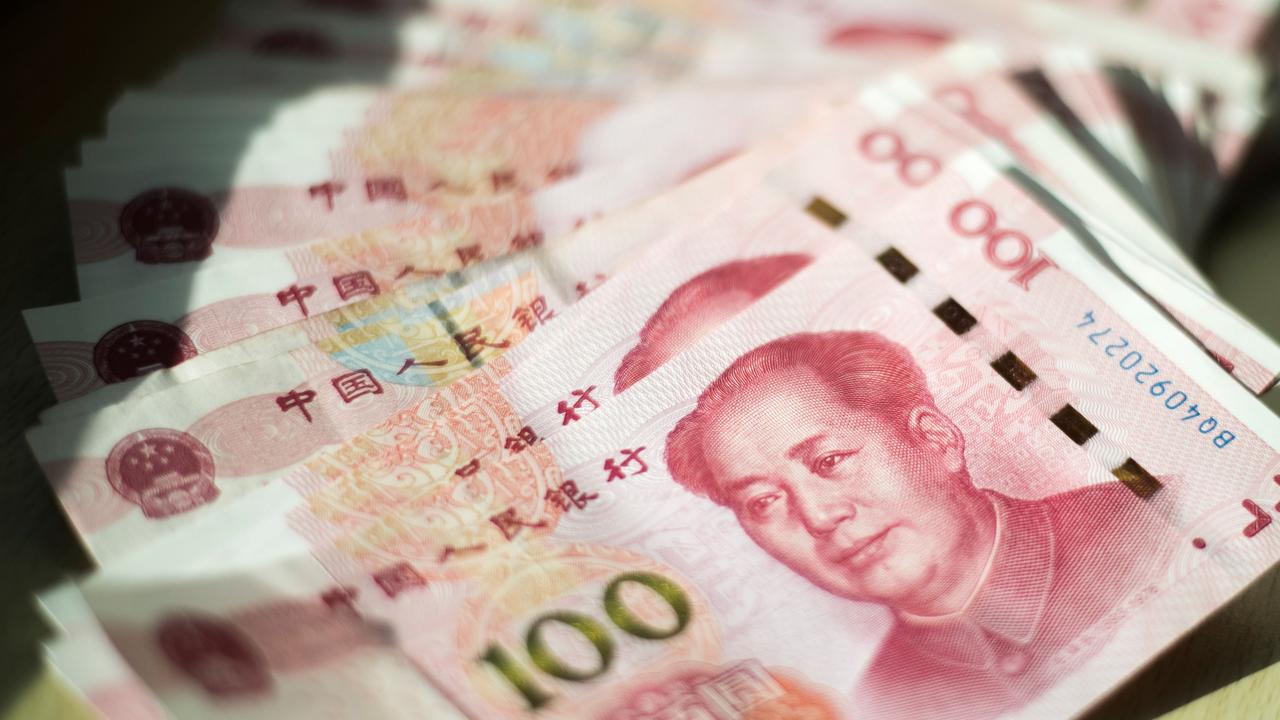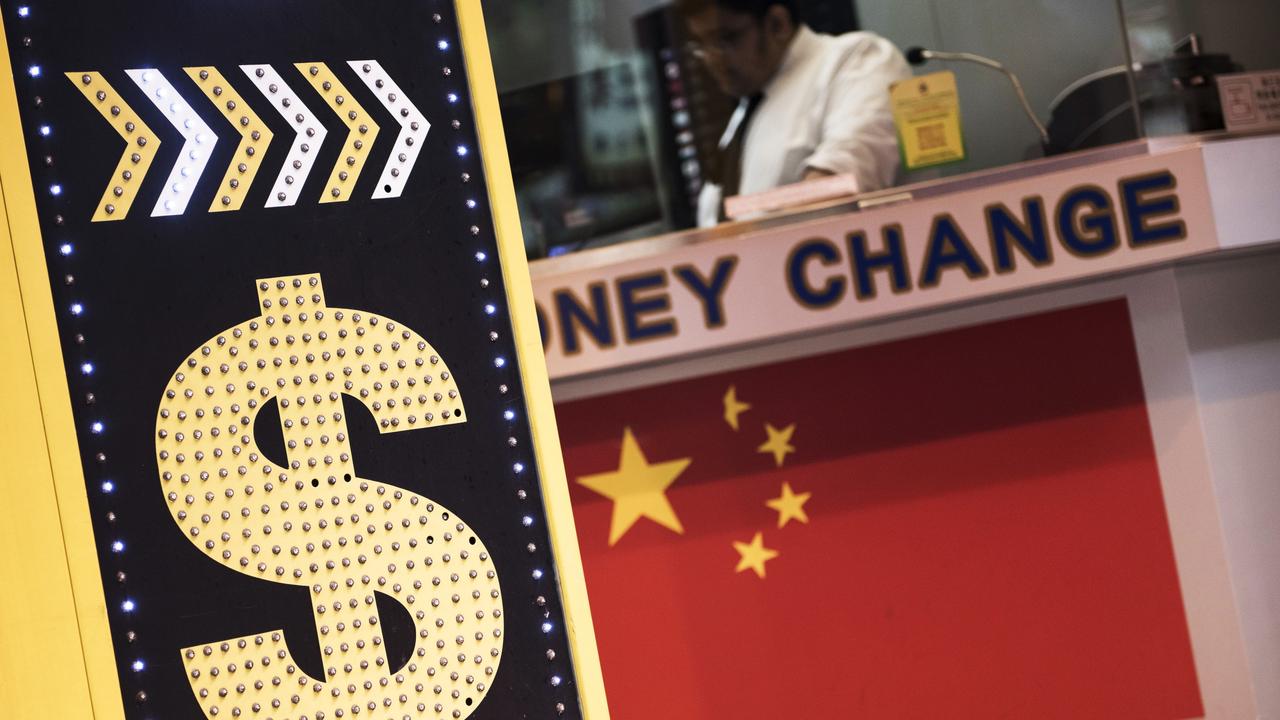China is printing foreign currencies on a massive scale, according to a new report
CHINA’S money-printing industry is running at “full steam” in the rising superpower’s bid to take over the world.
IT TAKES a huge amount of trust for a country to allow another government to print its money.
But China seems to be pulling it off.
The rising superpower is printing foreign currency on a wide scale as part of its ambitious bid to expand its global influence, according to a new South China Morning Post report.
Money-printing plants across the country are being pushed to the brink to meet an unusually high quota set by the government this year.
Multiple sources told the Hong Kong-based newspaper that money production plants were running close to full capacity to meet the Communist Party’s requirements.
At the same time, the country’s own yuan bills only made up a small number of the orders, given the Chinese public’s major swing towards mobile payments.
Most of the currency demand is from countries participating in China’s Belt and Road Initiative, a source who requested anonymity said.

China only recently started printing overseas currency.
In 2015, Nepal granted the contract to print 200 million 1000-rupee notes to China Banknote Printing and Minting Corporation, the first batch of which went to Kathmandu last year.
Bhuban Kadel, executive director of Nepal Rastra Bank, said the printing cost in China was lower, telling Chinese media outlet Xinhua: “The quality is as good as the ones printed earlier in another country but the cost is less than half of the amount we had earlier paid.”
He said printing notes in China saved the Nepalese central bank $5.17 million.
Today, notes from Thailand, Bangladesh, Sri Lanka, Malaysia, India, Brazil, and Poland are also being produced for foreign clients.
Hu Xingdou, a professor of economics at the Beijing Institute of Technology, said a nation must have strong trust in another to allow it to print its banknotes.
“The world economic landscape is undergoing some profound changes,” he said. “As China becomes bigger and more powerful, it will challenge the value system established by the West. Printing money for other countries is an important step.”
He said: “Currency is a symbol of a country’s sovereignty. This business helps build trust and even monetary alliances.”

The international money-printing market has been dominated by Western countries for over 100 countries, but evidently China is catching up.
It’s part of Beijing’s ambitious ongoing plan to be a major global power, and sit at the centre of international trade and global economic relationships.
The Belt and Road Initiative is a trillion-dollar project seeking to connect countries across continents on trade, with China at its centre.
The ambitious plan involves creating a 6000km sea route connecting China to South-East Asia, Oceania and North Africa (the “Road”), as well as through building railway and road infrastructure to connect China with Central and West Asia, the Middle East and Europe (the “Belt”).
The rising superpower has been accused of employing a “debt-trap” strategy on poorer countries; after borrowing money from China for infrastructure projects, their debt-to-GDP ratios are pushed higher and higher, with China holding a rising share in them.



